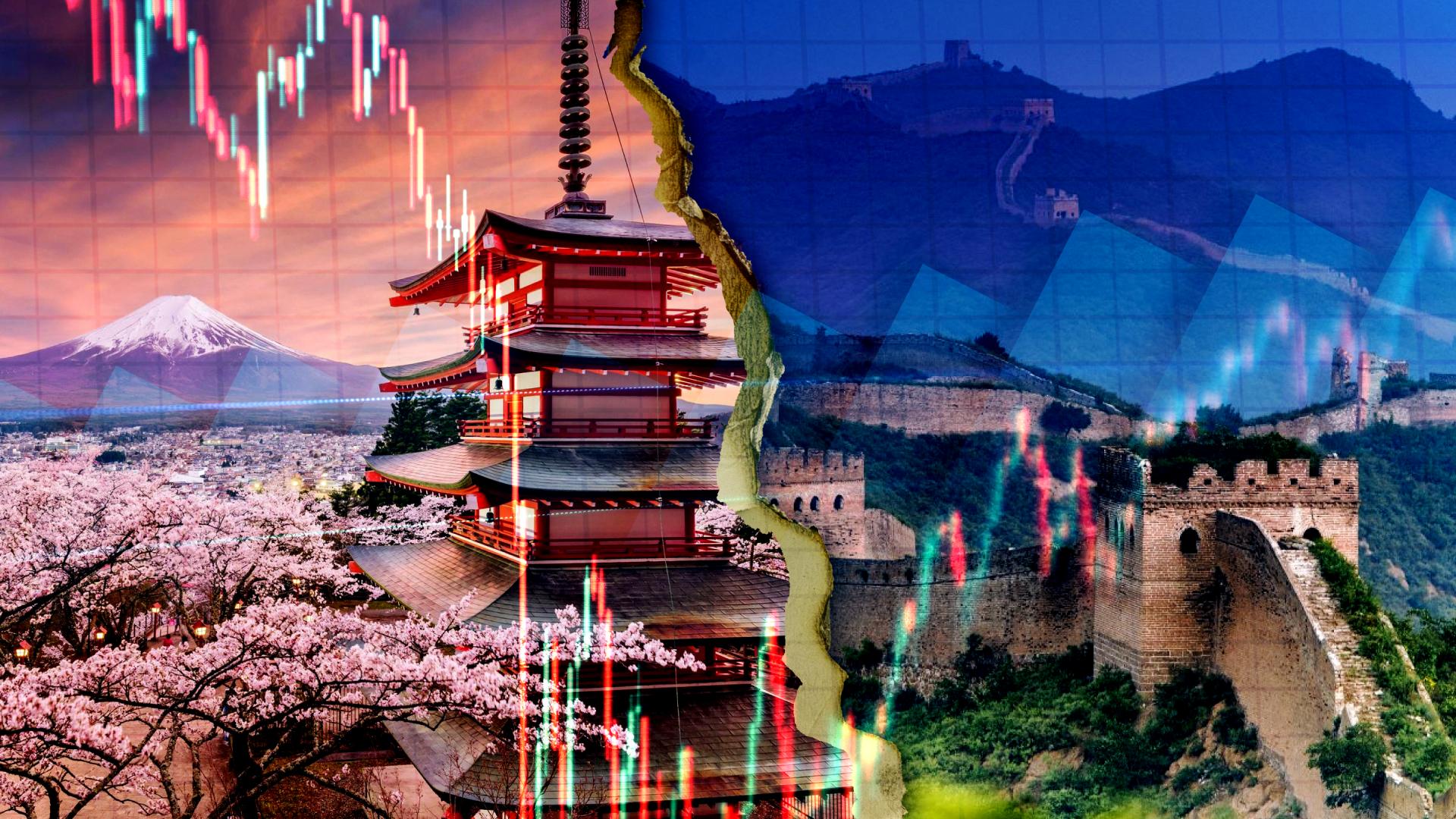
Japan and China: economic lessons for Ukraine
Geographical distance and differences in economic potential and cultural perception do not prohibit Ukraine from taking into account the successful and bitter experiences of the history of economic development in Japan and China
Share
The rise of the Chinese economy: copy and make better and cheaper

Japan: Why did the post-war economic miracle deflate?


Japan and China: economic championship for the title of regional leader


Lessons for Ukraine based on the experience of Japan and China.
- The first lesson. Unlike Japan and China, Ukraine remains a highly state-owned economy with a dominant role and importance of the state. There has never been a Leviathan like this in Japan. It was precisely its dismantling through the Special Economic Zones (SEZs) that launched China's economic breakthrough. In these free economic zones, the state did not engage in investment, production, or trade activities at all. It has created conditions in the SEZs that were as close as possible to the capitalism of the early 20th century America or Hong Kong/Singapore of the last two decades of the 20th century. Japan's economic growth is undoubtedly due to the private sector.
Ukraine, with its old post-Soviet, oligarchic ownership structure, has no chance of reproducing such an industrial breakthrough. Knowledge, skills, and competences for a breakthrough in the service sector are even less. You can't go far on the agricultural sector and infrastructure alone, on domestic demand alone. That is why the new strategy for Ukraine's post-war modernization should be based exclusively on private property. This is the most valuable lesson of Japan and China. Where the VIP managers of someone else's money begin to increase their presence in the economy, whether on the supply side (tax, credit benefits, insurance, export support, subsidies, grants, state guarantees, infrastructure preferences, etc.) or on the demand side (public procurement, subsidies to the population, selected commercial entities, or cyclical or countercyclical policies), the country's economy loses its competitive advantages, development dynamics, and worsens its debt and investment positions. Privatization of the Ukrainian economy and its deregulation are a must for its post-war modernization. The world does not know of a successful country strategy for long-term development based on the State Plan within the model of general state interventionism. Privatization should apply not only to industry, but also to services, finance, and infrastructure. - The second lesson. Neither the Japanese nor the Chinese VIP managers of someone else's property guessed the most profitable, most promising "growth points" of the economy that existed before the Fourth Industrial Revolution. Today, in the context of deep technological disruption, regulatory and institutional turbulence, zeroing of the international trade system, and unprecedented security risks, the state should withdraw from commercial activities, stop trying to manually determine the future capital structure and "growth points". Neither Japan nor China succeeded in doing this. There is no reason why this could work in Ukraine. The main task of the Government is to create a competitive monetary, fiscal, regulatory, and trade environment, and to ensure the maximum possible freedom of movement of capital, goods, services, and labor with as many countries/markets as possible.
- The third lesson. Japan and China achieved maximum economic growth for the maximum amount of time when the amount of public spending was approximately 15-18% of GDP, which is in line with the theory of optimal long-term economic growth. No developing or transitional country in the world has ever succeeded in modernization or joined the group of developed countries with a share of public spending of more than 40% of GDP, let alone 50% of GDP. For the effective allocation of such resources in developing countries like Ukraine, there is simply a lack of governance capacity and managerial capital. Therefore, Ukraine cannot carry out successful modernization without a deep fiscal, i.e., budgetary and tax system. The current tax system is not subject to reform. It cannot be brought to a new quality by making small amendments. The expenditure part of the budget is also subject to a deep revision, based on the reduction of state functions and powers.
- The fourth lesson. Successful modernization is impossible without a sound monetary policy and access to the international capital market. Low inflation (up to 2% per annum), freedom of capital movement under the current account of the balance of payments, and a developed market of financial intermediaries, including insurance and investment funds, are a must for Ukraine. To fulfill this task, we need a qualitatively different level of the National Bank's work. To reduce transaction costs, accelerate the process of building trust in the country and its business environment, it is advisable to introduce a multicurrency regime or dollarization/euroization of the country's economy.
- The fifth lesson. Attempts by the state to take on demographic, pension, educational, and medical tasks within the framework of state projects/ missions are doomed to failure. It is necessary to use market mechanisms to the fullest extent possible, to liberate the production of these services by private companies, to implement the principle of targeting, diversity of forms and instruments, and personal responsibility for investing in one's human capital, health, and old age. The role of the state in this area is security and fulfillment of contractual obligations, not monopolistic production of services at the expense of taxpayers' money.
Share
Topics

Yaroslav Romanchuk
A well-known Ukrainian and Belarusian economist, popularizer of the Austrian economic school in the post-Soviet space. He specializes in reforms in transitional economies in the post-socialist space.
Related

Milei’s Year
Argentina: The Thorny Path of a Victim of Interventionism to Freedom and the Market. Lessons for Ukraine and Other Countries of the World

Global Innovation Marathon: Leaders and Outsiders
What is it like to live in an innovative country, where creativity and unconventional thinking are one of the paths to your own well-being? Ask Switzerland, the USA, Sweden, China, and Singapore.

Deglobalization 2.0
The path to an "all against all" regime in the global economy is open. Consequences of the New US Foreign Trade Policy for the Countries of the World and Ukraine

